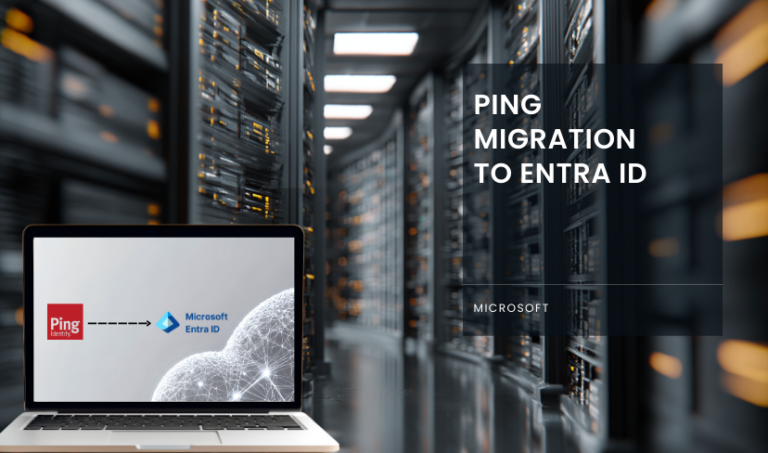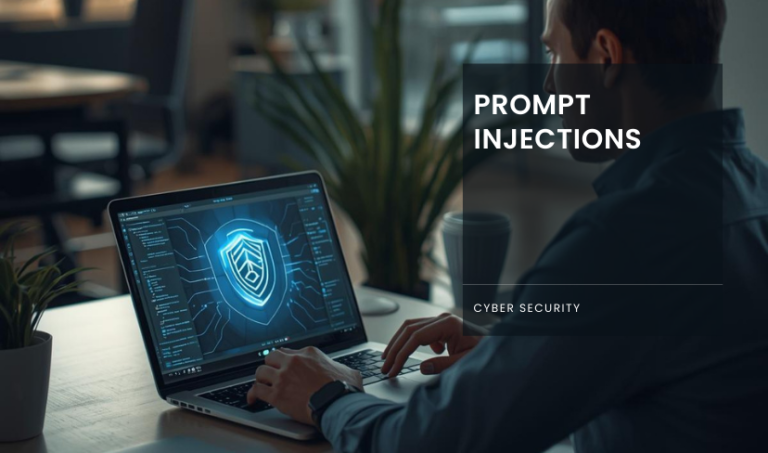Written by SONNY SEHGAL | CEO
Phishing attacks are a persistent threat in today’s digital world. In fact, 93% of data breaches start with phishing emails, making this one of the most common cyberattack vectors. As cybercriminals become increasingly sophisticated, businesses need to ensure their employees are well-prepared to spot phishing attempts. This is where Phishing Simulations come in.
Phishing Simulations are designed to test your team’s ability to recognise phishing attacks in real-world scenarios. They provide employees with a safe environment to practice identifying phishing emails, texts, and calls—without the risk of compromising sensitive data. Implementing these simulations could significantly improve your organisation’s cybersecurity posture and reduce your vulnerability to cyber threats.
What is Phishing Attack?
A phishing attack is a type of cybercrime where attackers use deceptive tactics to trick victims into revealing sensitive information or taking harmful actions. These attacks typically involve fraudulent communications, often in the form of emails or text messages, that appear to come from legitimate and trusted sources. The goal of phishing attacks is usually to steal money, gain access to confidential data, obtain login credentials, or install malware on the victim’s device.
Transputec offers comprehensive cybersecurity solutions to help protect your business from phishing attacks.
What are Phishing Simulations?
Phishing Simulations are simulated cyberattacks that mimic real-life phishing schemes. These simulated attacks are sent to employees, usually via email, to test their awareness and reaction to potential threats. The goal is to educate users about phishing attacks and to provide practical experience in detecting suspicious activities before actual incidents occur.
According to research, 60% of small businesses that experience a phishing attack are forced to close within six months due to financial and reputational damages. This makes Phishing Simulations not just a nice-to-have but a critical component of a strong cybersecurity strategy.
How Phishing Simulations Work?
The process for conducting Phishing Simulations is straightforward yet highly effective. It generally follows these steps:
1. Design a Realistic Phishing Scenario
A phishing simulation begins with creating a believable phishing email. This email can be designed to replicate common phishing tactics, such as fake links, suspicious attachments, or requests for sensitive information like passwords.
2. Deploy the Phishing Simulation
Once the email is crafted, it is sent to employees, often without any prior warning, to simulate a real phishing attack. This spontaneous nature tests how employees would react to an actual threat.
3. Monitor Employee Responses
Employees who fall for the simulation—by clicking on the link or providing sensitive data—are tracked for follow-up training. Those who successfully identify the phishing attempt are rewarded, reinforcing positive behaviour.
4. Provide Immediate Feedback
Following the simulated attack, employees receive feedback on their actions. This can include why a particular email was suspicious and how to spot similar phishing attacks in the future.
5. Ongoing Training and Improvement
Phishing Simulations are most effective when done regularly. Continuous testing helps reinforce good cybersecurity habits and keeps employees vigilant as phishing tactics evolve.
Protect your Business 24/7 with Transputec!
Our Managed SOC Cost Calculator estimates potential expenses for security tools and other costs based on your requirements.
The Benefits of Phishing Simulations for Your Business
Phishing Simulations offer several key benefits to businesses:
1. Proactive Threat Mitigation
Training employees to recognise phishing attempts is a proactive step in reducing the likelihood of successful phishing attacks. With 90% of data breaches linked to human error, improving staff awareness through simulations is crucial.
2. Cost-Effective Security Solution
Implementing Phishing Simulations can be far more cost-effective than dealing with the aftermath of a successful phishing attack. The average cost of a phishing attack on a small business is $1.6 million, considering both financial losses and reputational damage.
3. Tailored Learning
Phishing simulations allow for personalised feedback, helping individuals improve where they struggle the most. This leads to a more informed and security-conscious workforce.
4. Compliance and Audit Support
Many industries, such as finance and healthcare, require ongoing cybersecurity training to remain compliant with regulations. Phishing Simulations can help ensure your business meets these legal and audit requirements.
5. Reduced Downtime and Increased Resilience
A well-trained workforce reduces the risk of business downtime due to phishing attacks, allowing for seamless operations and increased resilience in the face of cyber threats.
“At Transputec, we offer comprehensive phishing simulation services tailored to your organisation's unique needs. Our expert team designs realistic scenarios, deploys simulations, and provides detailed analysis and recommendations."
Common Phishing Attacks You Should Simulate
Phishing attacks come in various forms, and your Phishing Simulations should cover a range of attack vectors to prepare your team:
1. Spear Phishing
Highly targeted phishing attempts that use personalised information to trick victims into providing sensitive data.
2. Whaling
Phishing attacks aimed at high-level executives, often tricking them into transferring company funds or divulging corporate secrets.
3. Clone Phishing
Cybercriminals replicate a legitimate email, substituting its attachment or link with a malicious one.
4. CEO Fraud
Attackers impersonate senior executives to manipulate employees into transferring money or confidential information.
By including these diverse phishing attack methods in your Phishing Simulations, you prepare your team for multiple types of threats.
Empower Your Organisation Against Phishing Threats With Transputec
In an era where phishing attacks pose a significant threat to organisational security, phishing simulations have become an indispensable tool in the cybersecurity arsenal. By implementing a robust phishing simulation program, you can dramatically enhance your organisation’s resilience against social engineering tactics and protect your valuable assets.
At Transputec, we specialise in providing comprehensive email security solutions that protect your organisation from these pervasive threats. Transputec has partnered with Mimecast to significantly enhance email security for its clients. This strategic collaboration combines Transputec’s expertise in managed IT services with Mimecast’s advanced cloud-integrated email security solutions.
Don’t leave your cybersecurity to chance. Contact Transputec today to speak with our experts and learn how our cutting-edge phishing simulation services can transform your organisation’s security posture. Together, we can build a stronger defence against the ever-evolving landscape of cyber threats.

Ready to Explore How We Can Enhance Your Security Posture?
Contact us today to speak with one of our experts.
FAQs
What are Phishing Simulations?
Phishing Simulations are simulated cyberattacks designed to test an employee’s ability to recognise and respond to phishing attempts. They help improve awareness and reduce the risk of falling victim to real attacks.
How often should businesses conduct Phishing Simulations?
To maintain employee vigilance, it’s recommended to conduct simulations at least once a month. This frequency helps employees stay sharp and up-to-date with evolving phishing tactics.
What happens if an employee fails a Phishing Simulation?
Employees who fall for a phishing simulation usually receive immediate feedback and additional training. The goal is to improve their awareness, not to punish them.
Can Phishing Simulations be customised?
Yes, simulations can be tailored to mimic different types of phishing attacks, such as spear phishing, CEO fraud, or clone phishing. This ensures that employees are prepared for a wide variety of threats.
Are Phishing Simulations Expensive?
While the cost varies, Phishing Simulations are generally cost-effective, especially compared to the financial and reputational damage of a successful phishing attack. Additionally, they can save businesses from costly data breaches.




